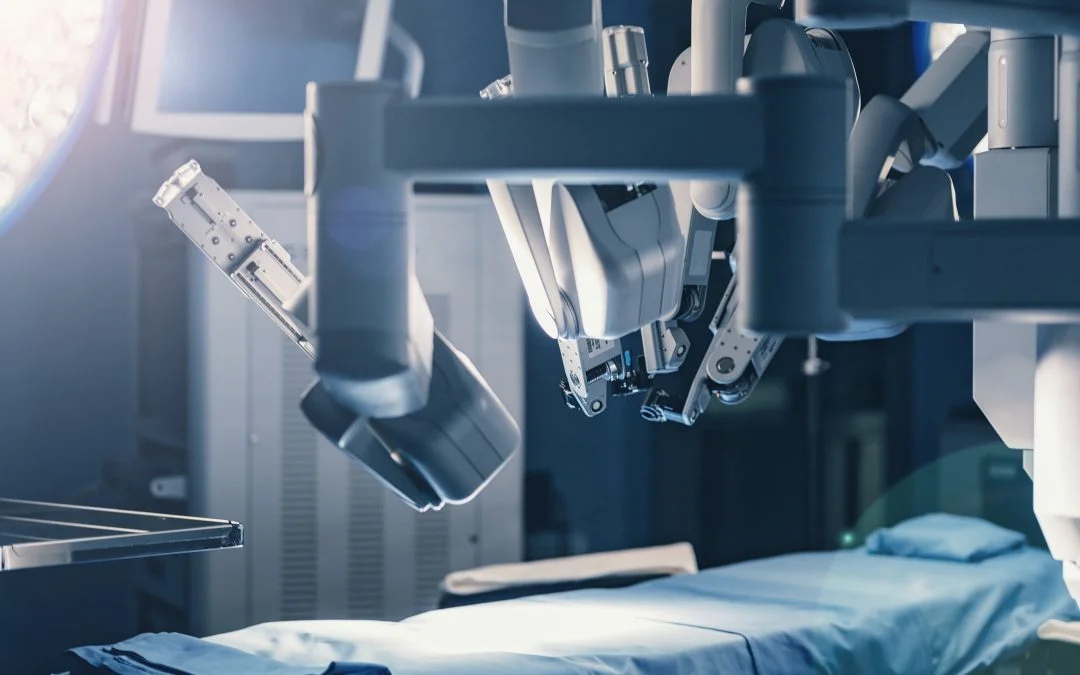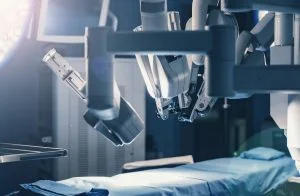
Da Vinci Robotic Surgery for Urinary Reconstruction: The Best Treatment Option!
Today,
The two most common types of urinary reconstruction surgeries are endoscopic and robotic. Both are effective in treating different patient populations. Da Vinci robotic surgery for urinary reconstruction is a minimally invasive surgical procedure that offers many benefits for patients who need this type of urinary reconstruction surgery. Read on to learn more about this procedure, as well as its advantages compared to other surgical options.
What Is a Da Vinci Robotic Surgery for Urinary Reconstruction?
Before getting into the various advantages of using the Da Vinci robotic system for urinary reconstruction, it’s helpful to have a general understanding of the procedure. Urinary reconstruction, also known as urethroplasty, is the process of reconstructing the urethra, the tube that allows urine to exit the body from the bladder.
During urinary reconstruction, the urologist will remove scar tissue or a stricture from the urethra, which can cause pain and difficulty urinating, and then create a new opening for the flow of urine. If a portion of the urethra has been removed due to infection or injury, your urologist may use a piece of tissue from a nearby location to create a new urethra.
Sign That You Need a Urinary Reconstruction
If you have had a urethral repair or urethral catheterization, the risk of urinary complications is low. However, if you are experiencing pain in your bladder, frequent urination, difficulty in urination, or other symptoms, it is time to investigate further. Remaining vigilant about your health and well-being after surgery can help catch issues early on.
The risk of complications increases with age and pre-existing conditions such as hypertension or diabetes, but that doesn’t mean you should ignore any unusual signs or symptoms post-surgery. Urinary reconstruction after surgery involves surgical fixing of various parts of the urinary system that have been damaged due to disease or trauma.
Urinary Incontinence
One of the most common signs of urethral damage is urinary incontinence. Urinary incontinence is the loss of bladder control, leading to the involuntary leakage of urine. This condition is not uncommon, with approximately one in five adults experiencing it, even without a history of surgery.
Signs of urinary incontinence include the frequent need to urinate, large amounts of urine when urinating, and even the inability to urinate at all. Urinary incontinence can be mild, with the occasional accident, or more severe, causing you to lose control even when you are aware of the need to go.
Frequent Urination
Another common sign of urethral damage is frequent urination. Frequent urination, often referred to as urinary frequency, is the need to urinate more often than usual, even if the amount of urine is normal. Individuals who experience urinary frequency will often urinate every hour or so, or may even urinate as often as every 30 minutes.
Urinary frequency can be a sign that the bladder is contracting more frequently than normal, or that the person is not able to empty the bladder when urinating. This, in turn, can result in a bladder that fills up quickly.
In addition to these issues, there are more symptoms that could indicate the need to have a urinary reconstruction. As always, if you have any concerns, do not hesitate to speak with your urologist.
Why Select a Da Vinci Robotic Surgical Procedure?
Your urologist will decide if robotic surgery is best for you, depending on their assessment of your condition and medical history. In general, robotic surgery is ideal for urinary reconstructive procedures because it is minimally invasive and usually heals faster than procedures done with open incisions.
Robotic surgery also reduces surgical complications and allows the urologist to perform multiple surgeries during the same procedure, which can be beneficial for patients who require multiple surgeries to treat their condition.
The urologist may also recommend robotic surgery because the procedure allows a greater level of precision, which is critical for difficult procedures such as urinary reconstruction. Robotic surgery can be beneficial for patients who have a large amount of scarring or fibrosis, which can make the urinary tract more difficult to reach and treat.
Advantages of the Da Vinci Robotic Procedure
The advantages of using the robotic system for urinary reconstruction surgery include:
- Faster Surgery – The robotic system is capable of performing the procedure in less time because it takes less time to set up the tools and position the robotic arms inside the patient’s body.
- Reduced Pain – The robotic system offers less invasive incisions that heal faster than open incisions, which means patients have less pain and will recover more quickly.
- Less Blood Loss – The robotic system also reduces blood loss during the surgery, which means patients require fewer blood transfusions and have less risk of complications related to blood loss.
- Fewer Infections – Using the robotic system also reduces the risk of infections, as the system is completely enclosed compared to open surgery.
- Improved Surgical Precision – The robotic surgical system allows for greater precision and control during the surgery, which can be helpful in complex procedures such as those used in urinary reconstruction.
- Ability to Perform Multiple Procedures – The robotic surgical system also allows the surgeon to perform a few different procedures at once during the robotic surgery, which can be helpful for patients who need multiple surgeries to treat their condition.
Choosing the Right Urologist for Your Da Vinci Procedure
Choosing the right urologist is an important part of the urinary reconstruction surgery process. When meeting with the urologist to discuss the procedure, it’s helpful to ask questions and find out more about their specific experience with robotic surgery.
In order to make sure you are going to the right urologist for your urinary reconstruction surgery, make a list of qualities you want in a doctor and bring it with you to your appointment. This way, you can make sure that the urologist has all the qualities you’re looking for in a healthcare provider.
You are important, don’t take a chance on your urinary tract. It keeps you going, call Z Urology for the best care!
We can’t wait to hear from you!




Recent Comments